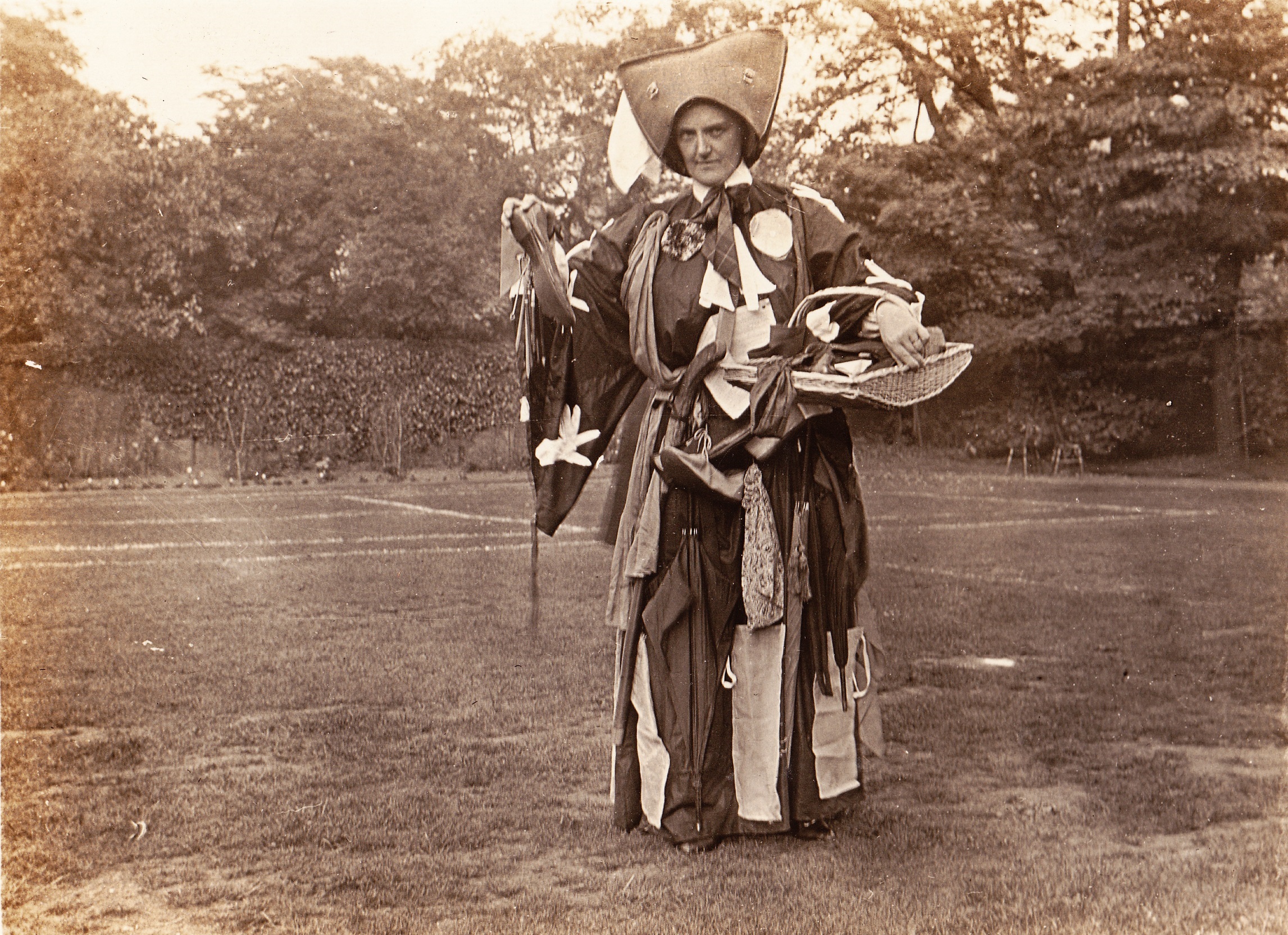
On a rare sunny day in March we took a group of almost 50 undergraduate students in Education to Winterbourne House and Gardens as part of their teaching and learning programme on our year one module, Schooling: a social and cultural history. This module focuses on the changes and continuities in schooling in England over a period of just over 100 years, from the 1870s and the introduction of mass compulsory schooling through to the 1980s; it also considers how changes impacted children’s experiences, considering a broad range of dimensions of diversity such as social class, gender, ethnicity and disability. The Winterbourne visit, or ‘experience’ as we like to call it, provides an insight into the lives and educational experiences of a middle-class family, the Nettlefolds, in the late 19th and early 20th Centuries.
Winterbourne House and Gardens were built and designed for John and Margaret Nettlefold in 1903, a well-connected Unitarian industrial family with an active interest in housing reform. Winterbourne is now part of the University of Birmingham but there was a connection from the start as Margaret was the niece of well-known politician and founder of the University of Birmingham, Joseph Chamberlain. Across a number of rooms in Winterbourne House, exhibits and displays tell the story of John’s working life; Margaret’s education, including at the new private school for girls, Edgbaston High School; Margaret’s lifestyle before marriage, and her home life as a married woman engaged in charity work and with a household of 10 servants. Upstairs, a nursery room is set out illustrating a play and learning environment for the young Nettlefold children, cared for by their nurse. Another room tells the story of the Nettlefold’s only son, John Kenrick and his public school and Oxford University education, interrupted by service in the territorial forces during the First World War.
In the spirit of enquiry-based learning, our undergraduate students completed a treasure trail activity to gather information from Winterbourne exhibits and displays to inform their understanding of the educational lives of Margaret Nettlefold and her children. Then, in small groups they spent time with our host, Collections Officer, Henrietta Lockhart, to look behind the scenes at some of the historical materials from Winterbourne House and Garden’s archive. These included some of Margaret’s Edgbaston High School reports, dating back to the 1880s; our students were interested to see the wide range of subjects she studied including Physiography, Political Economy, Grammar, Latin, Greek, Discussion and Composition alongside subjects more familiar to them such as English Literature, French, German, Geography and History. There were images of girls and women in fancy dress for a school pageant in outfits that included the ‘Lost Property Office’ and the ‘School Building’ (see images) complete with brickwork detail; we commented on how these showed ‘off the wall’ humour and imaginative thinking ‘out of the box’ (excuse the puns!) and how it reminded us of how similar events continue in schools today, with for example, children and teachers dressing up to celebrate World Book Day, as many did earlier this month.

Winterbourne House and Garden, School Pageant ensemble entitled ‘School Building’
There was also a ‘found object’ from the archive that caused much intrigue – a beautifully and delicately hand crafted ‘Nature Book’ that included carefully pressed flowers sewn into the pages with recordings of the precise locations in which they were found. Henrietta explained to us that the child’s surname on the exercise book matched that of a domestic servant and so the book may be a product of a schoolchild attending a state-run school, rather than of a middle-class child’s private education. This, as yet, incomplete story gave insight to the work of the archivist and the fragmented nature of historical investigation.

‘For us, being given a focus like this for an archival session is immensely valuable, because it makes us search our archives in new ways and make new and unexpected connections. Most of the material we showed the students related to middle-class education, but this year we discovered some school exercise books in our collection which might have belonged to the daughter of a domestic servant. This will lead to further research, and perhaps next year we will be able to tell more of that story! Furthermore, the questions raised by students can start new lines of thinking for us. We look forward to further collaboration with the School of Education’Henrietta Lockhart, Collections Officer
The Winterbourne experience has become a regular feature on our module and an event that that our students and tutors look forward to alike. As our students have said, being in the environment of the Nettlefold family home and having the opportunity to leaf through their school reports, photographs and writings ‘brings history to life’. In our ongoing collaboration, not only are we bringing students to the sites and materials of the past, but we are also bringing historical evidence to our students by sharing relevant archival materials from Winterbourne via our students’ online learning environment. We plan to use these materials with students in their learning in lectures and seminars, and to make them accessible to students so that they can draw on and use them as evidence for analysis and interpretation to inform their own assignments. We very much look forward to our next Winterbourne experience and to finding out more about its unfolding stories of education.
